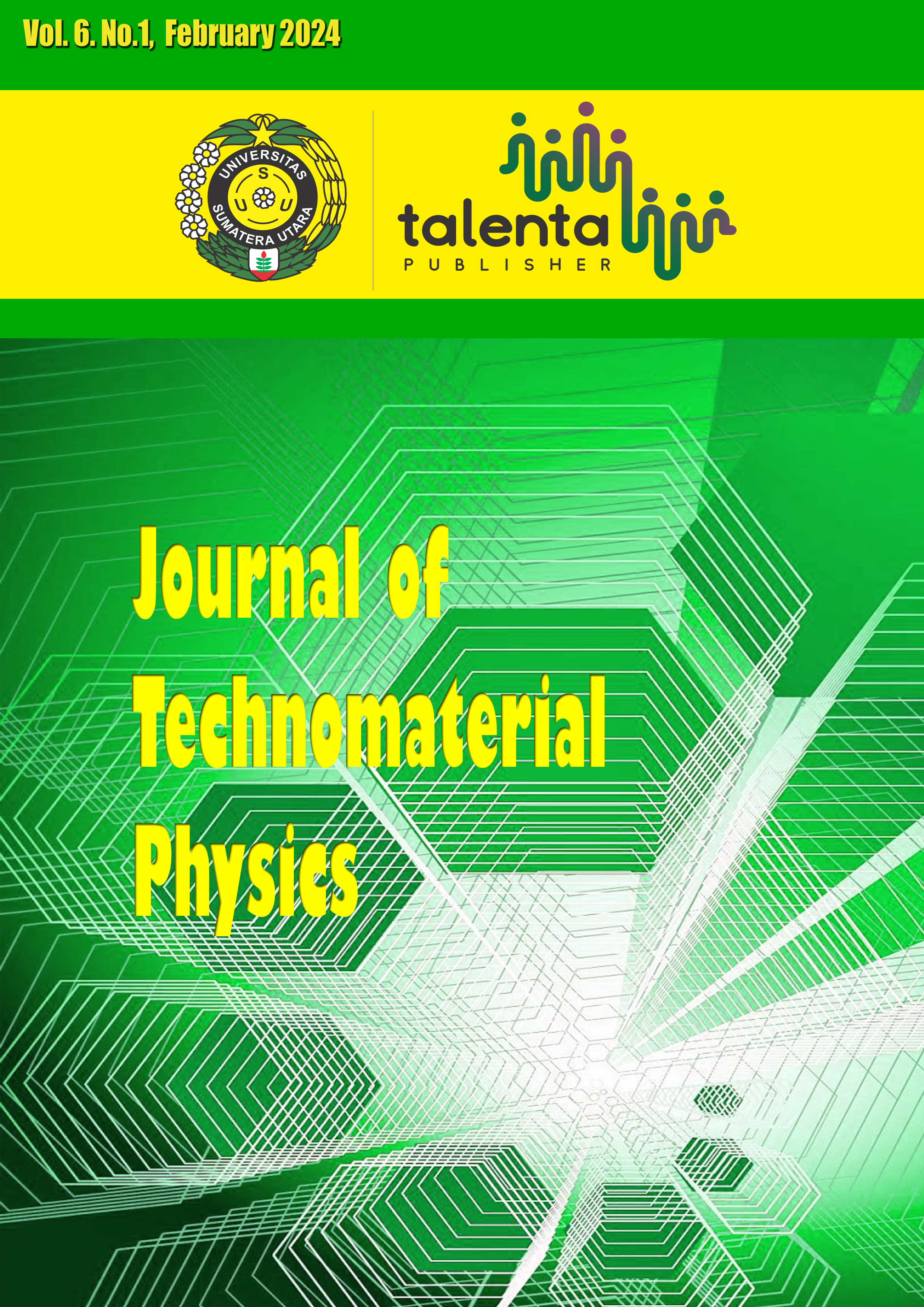Electrochemical Performance of Na2Mn3O7 as a Cathode Material in Sodium-Ion Batteries Using the Precipitation Method with Ethylene Glycol Chelating Agent
DOI:
https://doi.org/10.32734/jotp.v6i1.13867Keywords:
Composite Board,, Corn Husk Fiber,, Epoxy,, Sawdust,, Water Hyacinth Fiber,Abstract
Tests were conducted on Na2Mn3O7 as a cathode material in sodium-ion batteries, aiming to synthesize Na2Mn3O7 precursor using commercial and synthetic MnCO3 variants. Sample A utilized commercial MnCO3, while sample B utilized MnCO3 synthesized from MnSO4.1H2O and Na2CO3. Both variants were mixed with Na2CO3 to form Na2Mn3O7 precursor, which was then sintered at 700°C for 4 hours, ground, and sieved. A slurry was prepared by mixing the active materials PVDF: Super P in an 8:1:1 ratio with 3.5 mL of NMP. Sample A exhibited a conductivity of 3.4706×10-7 S/cm, and sample B had a conductivity of 2.7304×10-7 S/cm in the EIS results. In the CV test, sample A showed oxidation and reduction peaks at 2.77 V and 1.62 V, respectively, while sample B had peaks at 2.842 V and
1.716 V. In the CD test, sample A reached maximum and minimum peaks of 4.3 V and 1.4 V, while sample B reached peaks of 4.2 V and 1.3 V. Sample A exhibited a capacity of 117.02 mAh/g on charge and 93.47 mAh/g on discharge, whereas sample B showed capacities of 79.17 mAh/g on charge and 65.79 mAh/g on discharge. These results indicate the superior performance of sample A over sample B.
Downloads
Downloads
Published
Issue
Section
License
Copyright (c) 2024 Journal of Technomaterial Physics

This work is licensed under a Creative Commons Attribution-ShareAlike 4.0 International License.











